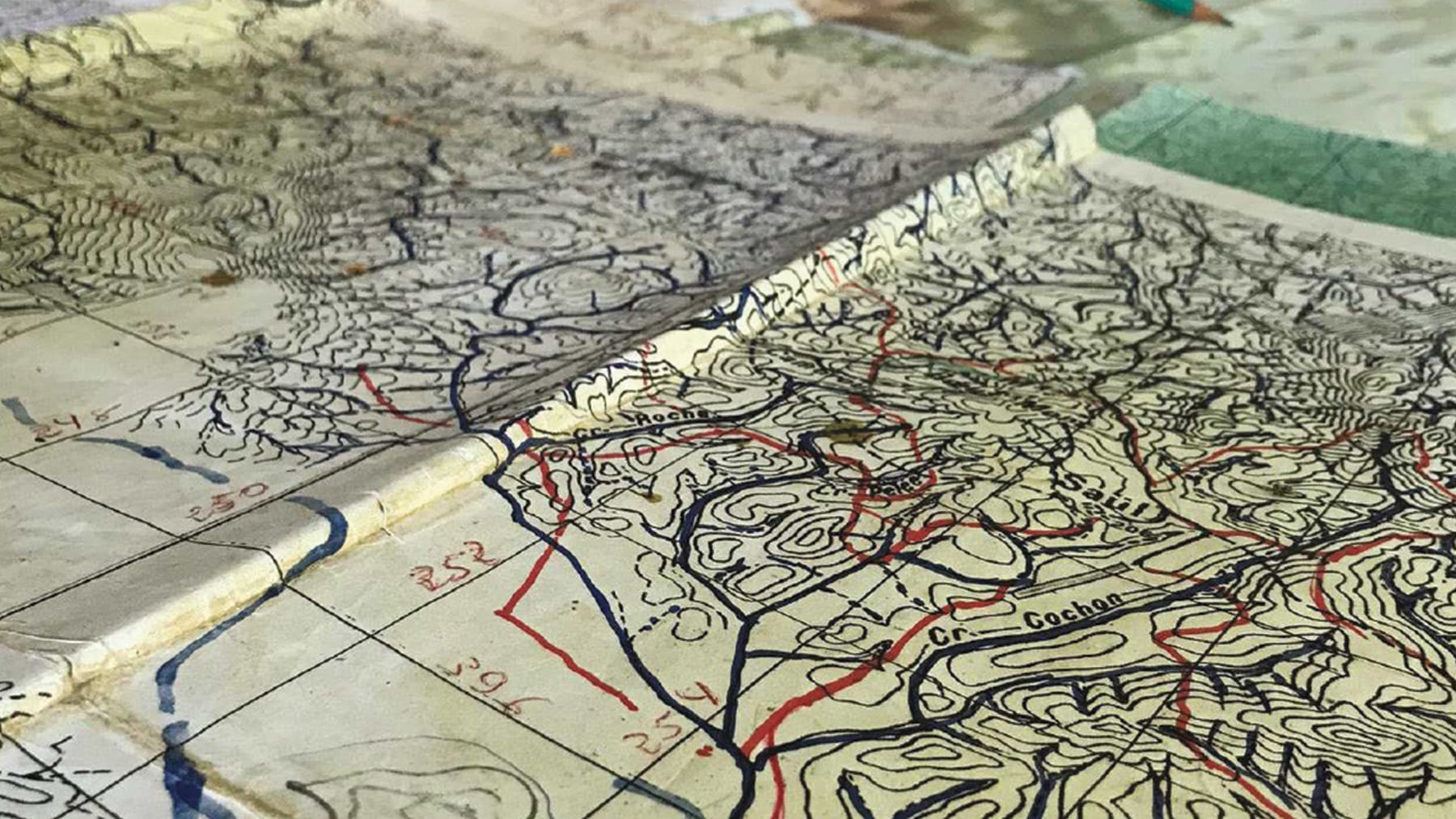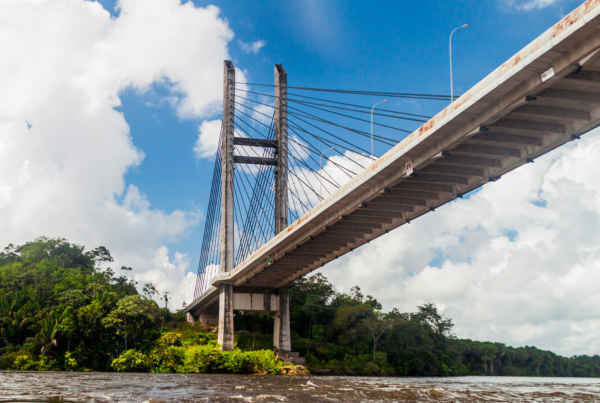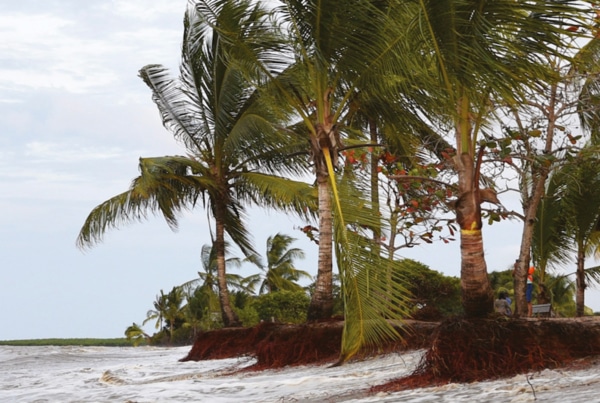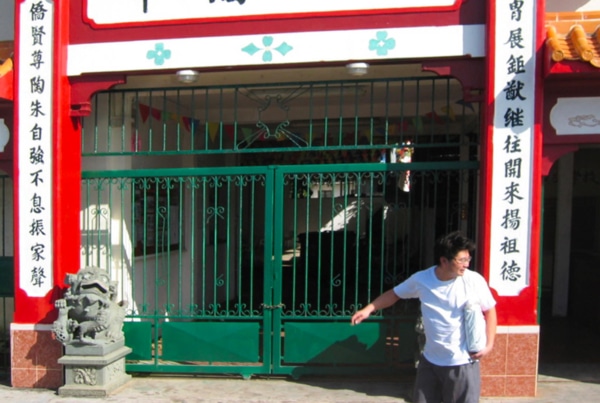
As part of the "Borders, Circulation, Interculturality and Human-Milieu Interactions" seminar, the LEEISA and MINEA laboratories, in partnership with the DFR LSH, are pleased to invite you to a conference entitled "Filling in the blanks on the maps to mark your borders". This presentation will be given by Matthieu NOUCHER, geographer and director of research at the CNRS, and will take place on Friday 12 January 2024 from 6pm to 8pm in room F 002.
T ll cartography has its own blanks, gaps or omissions, whether deliberate or unconscious. Historians of cartography have highlighted the political implications of these cartographic silences, particularly during periods of colonial conquest or when borders were being drawn. The hypothesis at the heart of this work is that map blanks, far from being obsolete, still have heuristic potential today for analysing the political stakes involved in symbolic representations of the border. Now that the state no longer has a monopoly on whitening or blackening the map, how are blank maps used to (in-)make certain territories visible? What issues of informational (de-)regulation come to the fore when we look at the logics of omission at work today, particularly in cross-border areas whose boundaries are sometimes uncertain? The Amazon, and more specifically French Guiana, is an ideal place to look for answers to these questions. Historically and symbolically marked by map blanks, this territorial margin can, in many respects, also be considered as a cartographic margin. Investigations into three metrological systems for detecting illegal gold panning, measuring biodiversity and mapping informal settlements provide an opportunity to explore systems from the institutional, scientific, citizen and indigenous spheres. By defending the importance of empirical research in order to stay as close as possible to the actors (map producers and users), systems (codes and data) and methods (in situ and remote), and by developing an approach that is both multi-sited and interdisciplinary, combining geography, geographic information sciences and science and technology studies (STS), this research is part of the emerging field of critical data studies. Drawing on these case studies, it leads to a cross-disciplinary reflection on the two main forms of resistance to filling in the gaps in the maps observed from the banks of the Maroni to the confines of the Oyapock: counter-mapping and cartographic fugue. This proposal makes it possible to envisage, on the one hand, a geography of geodigital ignorance that reveals forgotten, hidden or destroyed knowledge and, on the other hand, a geography of geodigital resistance that makes visible alternatives to dominant spatial representations. Taken together, these two logics of cartographic indiscipline make it possible to apprehend the blanks in contemporary maps as an opportunity to diversify our ways of seeing these border regions, which are far from being just 'empty worlds' as they are sometimes described.
About the speaker
Matthieu Noucher is a geographer, director of research at the CNRS's PASSAGES laboratory in Bordeaux, and deputy director of the French research network in geographic information sciences (GdR MAGIS). He has published Little maps from the Web in 2017 (Éditions de la rue d'Ulm) and co-edited theCritical Atlas of French Guiana published in 2020 by CNRS. In June 2023, he published Card blanks and algorithmic black boxesA revised and expanded version of the unpublished volume of the Habilitation à Diriger des Recherches (HDR) dossier that he defended in 2022 at Bordeaux Montaigne University will be used as the basis for this paper.




